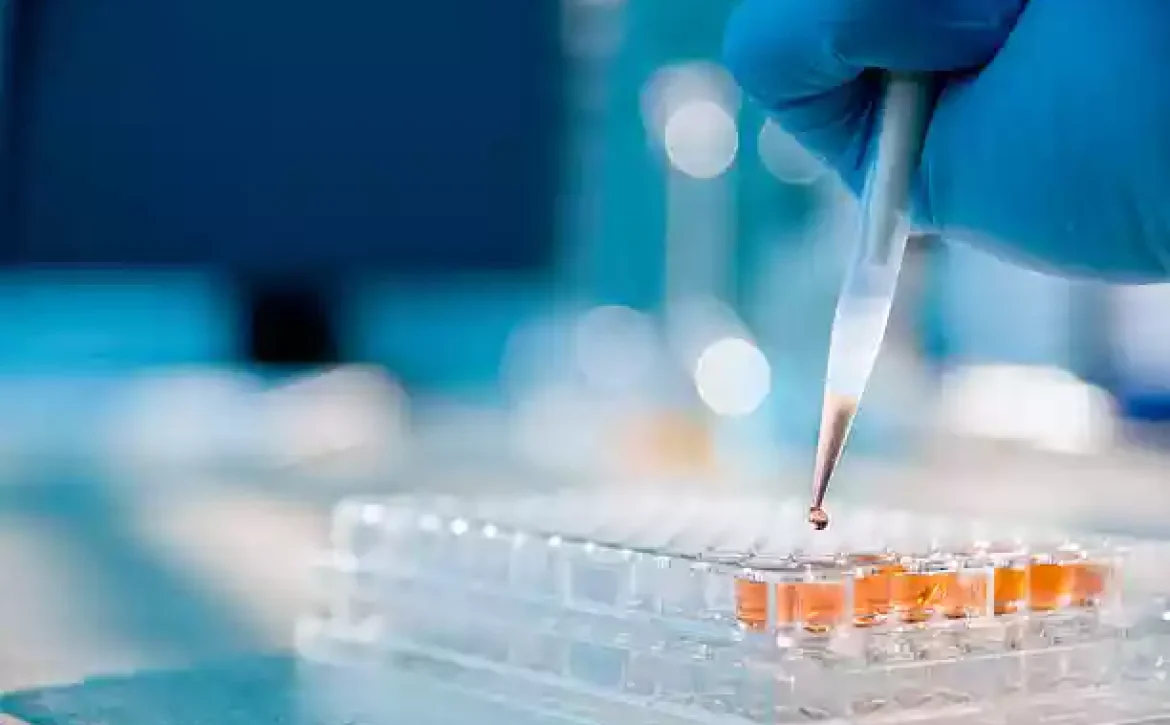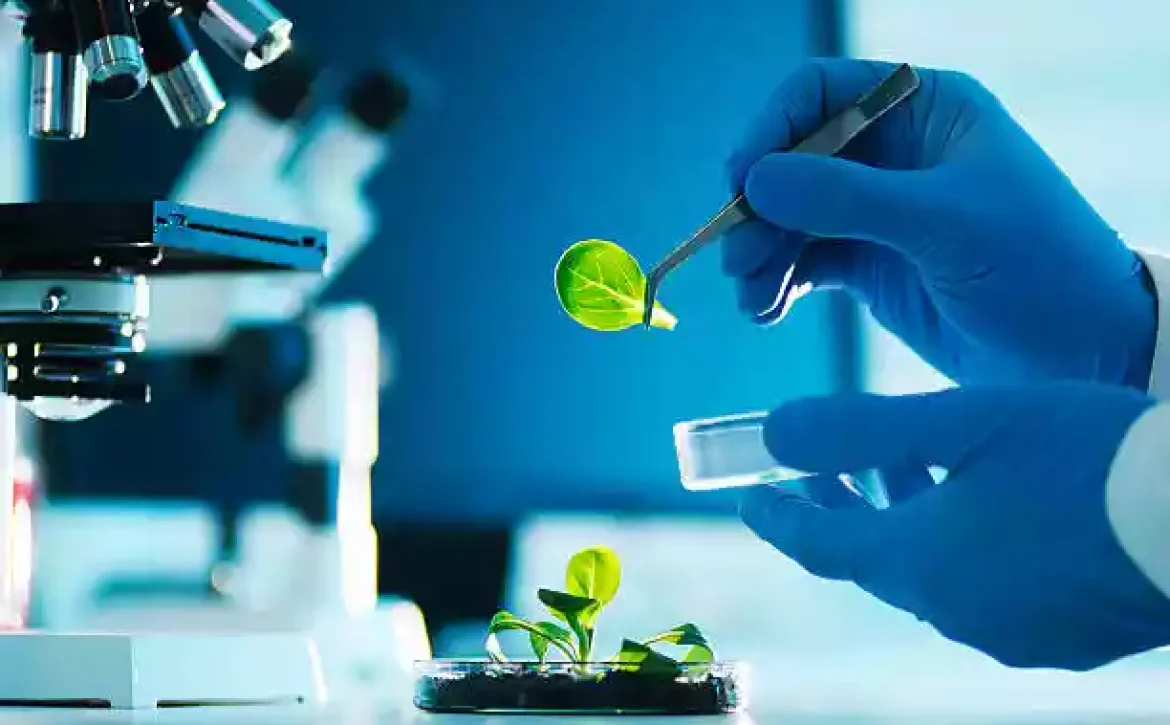
335 Views
WASSCE: CHEMISTRY-THEORY-2009-Q7
i. Deliquescence
Deliquescence is the process by which a substance absorbs moisture from the air and dissolves in it to form a solution.
ii. Efflorescence**
Efflorescence is the process by which a substance loses part or all of its water of crystallization to the air when exposed.
iii. Give one example of a substance that undergoes each of the following process:
Deliquescence: Calcium chloride ($CaCl_{2}$)
Efflorescence: Washing soda ($Na_{2}CO_{3} \cdot 10H_{2}O$)
7b. Outline how three colourless gases suspected to be ethane and ethyne could be distinguished in the laboratory**
1. Combustion test: Burn each gas in air. Ethyne burns with a sooty flame because it contains more carbon, while ethane burns with a non-sooty flame.
2. Reaction with bromine water: Bubble the gases through bromine water. Ethyne will decolourize the bromine water because it is unsaturated, while ethane will not react, and the bromine water will remain orange.
3. Reaction with acidified potassium manganate(VII): Ethyne will decolourize the purple colour of acidified $KMnO_{4}$ solution, but ethane will have no effect.
7c. What is water of crystallization?
Water of crystallization is the fixed amount of water molecules that are chemically attached to the ions in a salt crystal. It gives the salt its crystalline shape.
i. Hydrated calcium chloride ($CaCl_{2} \cdot xH_{2}O$) contains 49.32% water of crystallization. Calculate the value of x.**
Given:
Relative molecular mass of $CaCl_{2} = 111$
Relative molecular mass of $H_{2O} = 18$
Let x be the number of water molecules
Total mass of hydrated salt = $111 + 18x$
Water content = $18x$
Using the percentage formula:
\$\dfrac{18x}{111 + 18x} \times 100 = 49.32\$
Now solve:
$\frac{18x}{111 + 18x} = 0.4932$
Multiply both sides:
$18x = 0.4932(111 + 18x)$
$18x = 54.7452 + 8.8776x$
$18x - 8.8776x = 54.7452$
$9.1224x = 54.7452$
$x = \frac{54.7452}{9.1224} \approx 6$
Answer: x = 6
7d. Name one calcium compound used for each of the following purposes:
i. In the manufacturing of cement: Calcium oxide ($CaO$)
ii. As a desiccant: Calcium chloride ($CaCl_2$)
iii. In the production of plaster of Paris: Calcium sulphate hemihydrate ($CaSO_{4} \cdot \frac{1}{2}H_{2O}$)
iv. To neutralize acid soil: Calcium hydroxide ($Ca(OH)_2$)
7e. A concentrated solution of sodium chloride was electrolyzed using graphite electrodes
i. State the ions present in the solution**
Sodium ions ($Na^+$)
Chloride ions ($Cl^-$)
Hydrogen ions ($H^+$)
Hydroxide ions ($OH^-$)
ii. Name the product at the:
Anode: Chlorine gas ($Cl_2$)
Cathode: Hydrogen gas ($H_2$)
iii. Give the overall product of the electrolysis
Chlorine gas ($Cl_2$)
Hydrogen gas ($H_2$)
Sodium hydroxide ($NaOH$)




